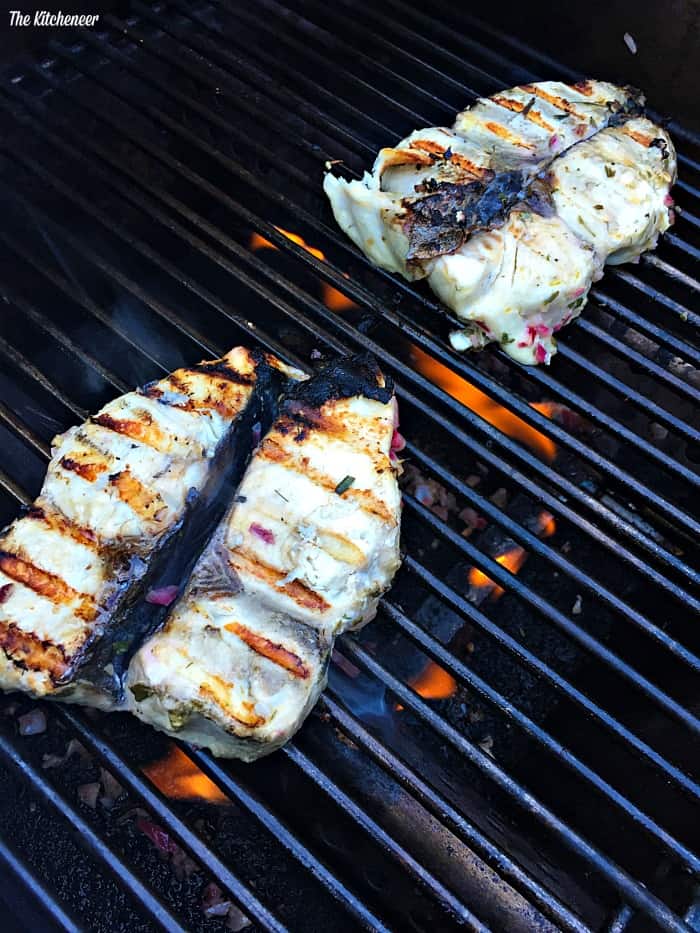

I’ve never caught one, but it’s definitely on my bucket list. The fillets are usually thick and flake off beautiful chunks of solid white meat. It’s particularly delicious when marinated and grilled, in my opinion. Wahoo has a sturdy, white flesh, almost meaty, so you can cook it in a variety of ways. This is one beautiful AND delicious fish. Its body is built like a missile and it has tiger-like stripes on its sides, along with gorgeous silver and iridescent blue markings.

It’s a fierce pelagic predator, and I’ve even heard it called the “Cheetah of the Sea” because it’s so fast (it can get up to 60 mph) and so vicious. This fish is related to mackerel but it tastes even better. A cool name for an awesome fish! How it got its name, I don’t know, but what I do know is that when fishermen hook one, the first thing they say is “Wahoo!!!” This fish is also sometimes served raw as kinilaw (ceviche), which is to say it’s “cooked” in vinegar.Wahoo. In the Philippines, the most common way of cooking tanigue (Spanish mackerel) is to slice the fish crosswise into thick “steaks” for frying or grilling - really delicious with a spritz of calamansi (citrus) and optionally soy sauce, and served accompanying freshly steamed white rice. Wahoo is also distinguished by its beak-like mouth. Wahoo is often sometimes known as Black Tangigue to distinguish it from the Spanish Mackerel or White Tangigue. Other fish that have been called tanigue include the ones with the scientific names of Sarda orientalis (striped bonito), Scomber australiscus, Scomber japonicus, Scomberomorus queensladicus, and Scomberomorus semifasciatus. Indo-Pacific king mackerel ( Scomberomorus guttatus).


Tanigue (tangigue) refers to various fish in the Philippines. Photo of tanigue with calamansi by Angie Pastor.


 0 kommentar(er)
0 kommentar(er)
